Blog Images: How to Find Royalty Free Photos (Top 7 Sites)
Here’s a question bloggers often find themselves asking (at least those who don’t make one of the top blogging mistakes out there):
Not to get into the details too much, but royalty-free basically means paid. Or in other words, it’s free of royalties, but still has a price tag nonetheless. The leading repositories of such photos are sites like iStock or Fotolia. But you probably already know about them, so let’s not waste your time.
If you want something that’s actually free (meaning that you don’t have to pay anything for it), and that’s legal to use for whatever purpose, you need to go elsewhere.
(Note. Not a legal advice. Proceed at your own risk.) No matter where you get your images from, you need to have permission from the author or copyright holder to use them.
Since getting permission in person would be too much of a hassle, various standardized licenses have been put into place to simplify this. They handle the scope of the permissions, and cover most of the common usage scenarios and situations likely to happen in everyday life when working with an image.
There are tens of different licenses, but the most popular ones – allowing you to: (a) get an image for free, and (b) use it for free without worry – fall under the Creative Commons (CC) license family.
There’s a handful of licenses as part of CC, and they are all nicely explained on the project’s official site. Basically, whenever you find an image online that has a CC license assigned to it, you should go back to that official page and check what it means in practice. Depending on the specific license, you might have to attribute (link to) the source, use the image non-commercially, or use without alteration, and so on. But what doesn’t ever change is that the image is available for free. For that reason, CC = free.
Then, there are public domain images. In that case, the “public is the owner of the image.” And since you are a member of the public, you can use it too. For the most part, the images you can find at Wikipedia are in the public domain. (Most of the time, you have to link to the source of such an image if you’re using it.) Again, public domain = free.
In a nutshell, if the license on the image says CC or public domain, you’re free to use it (with some minor restrictions).
Please don’t use Google to find images for your blog.
And it’s not that there aren’t good images at Google Images. In fact, there are plenty. But the trouble is in the licensing, or lack thereof.
Most of the time, it’s very hard to pinpoint the license of a certain image, and for that reason, it’s very risky to assume that the image is available for free. Most of the time they’re not.
In short, getting images from Google Images = asking for trouble.
In general, getting images with no license specified = asking for trouble.
Here’s an example on my site:
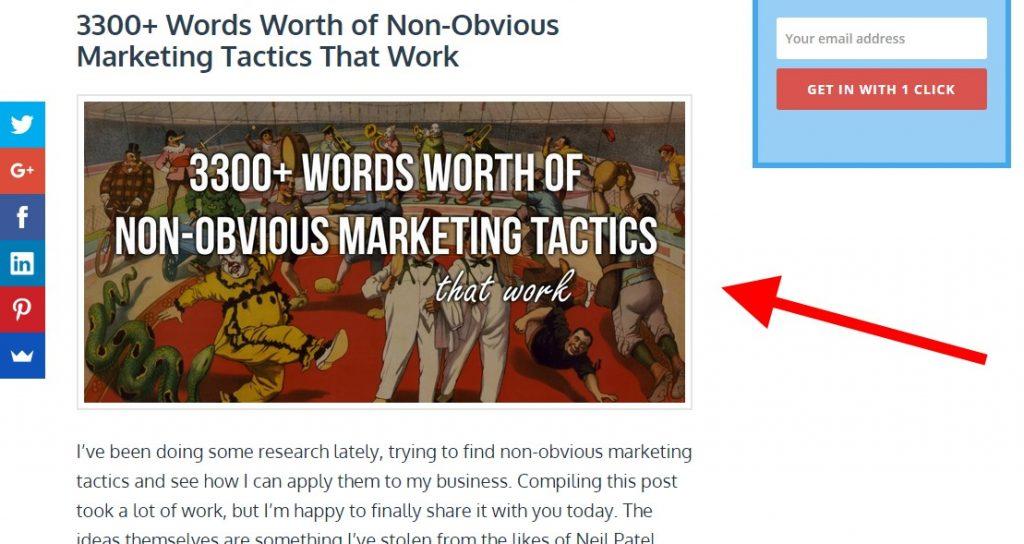
The image is only loosely related to the topic of the post, but it gets the job done when it comes to making the post appear unique.
To get yourself this type of images, go to:
Unsplash
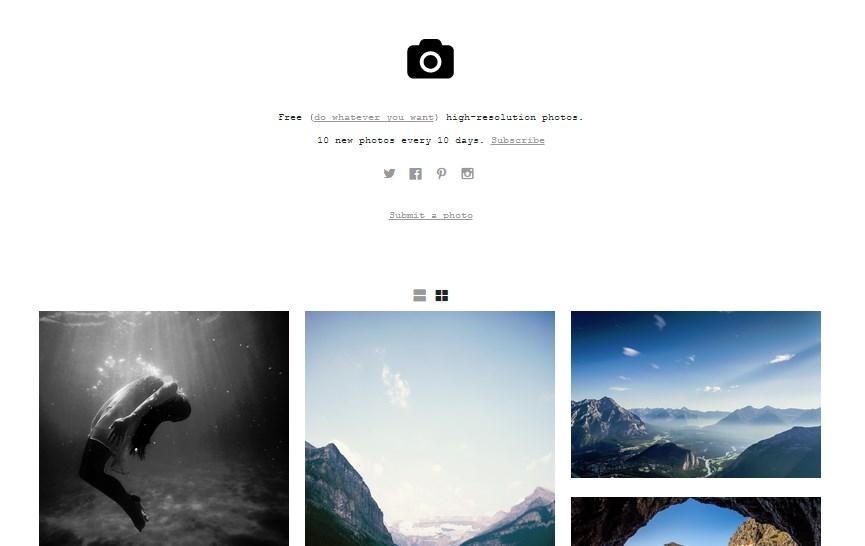
There’s an easy way to battle this issue though. Instead of browsing the default “featured” list of images, switch to “new” images. This gives you a more vast library, and the quality is still top-notch:
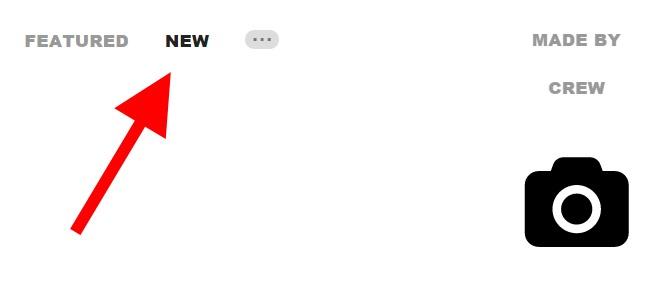
JayMantri.com
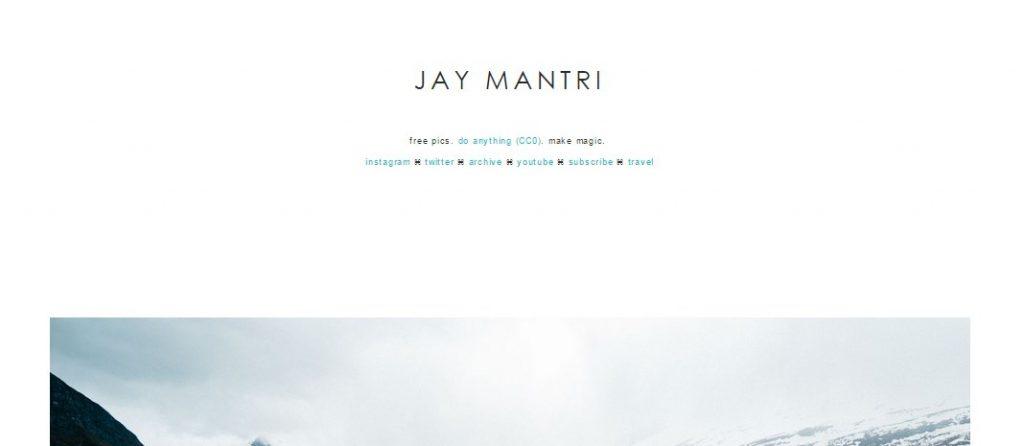
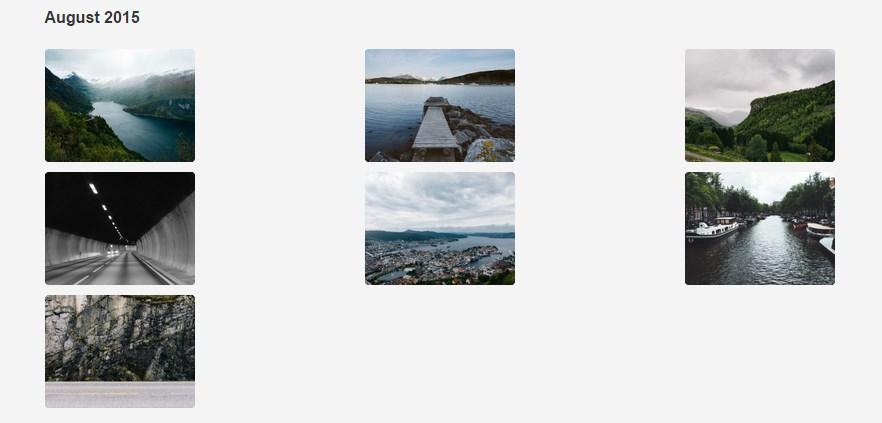
Magdeleine.co
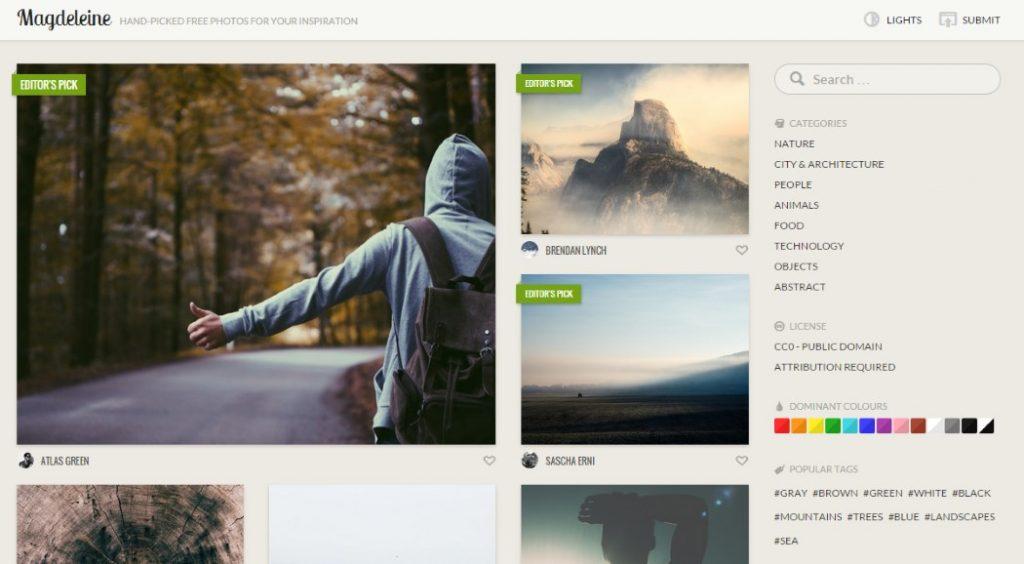
Just make sure to check the license of the picture that you want to get – the icon in the upper right corner:

Refe
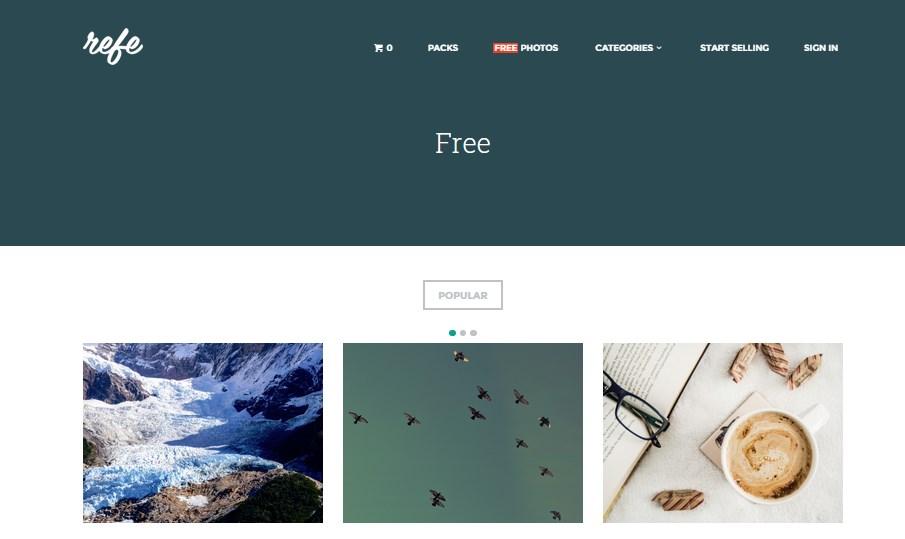
Note. Make sure to focus on the free category of the site. They also have premium images:

Images from this category are nice-enough to use them on any site, but at the same time, they don’t have this corny nature that’s common among standard stock photos from sites like iStock.
Go to:
MyStock
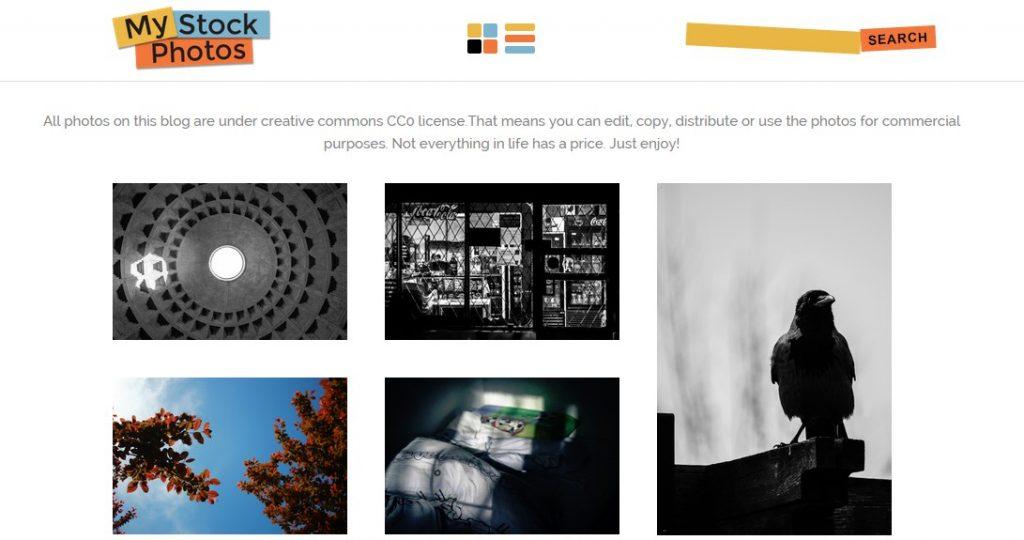
Most of the images will also work nicely as header images for your content.
Crow The Stone
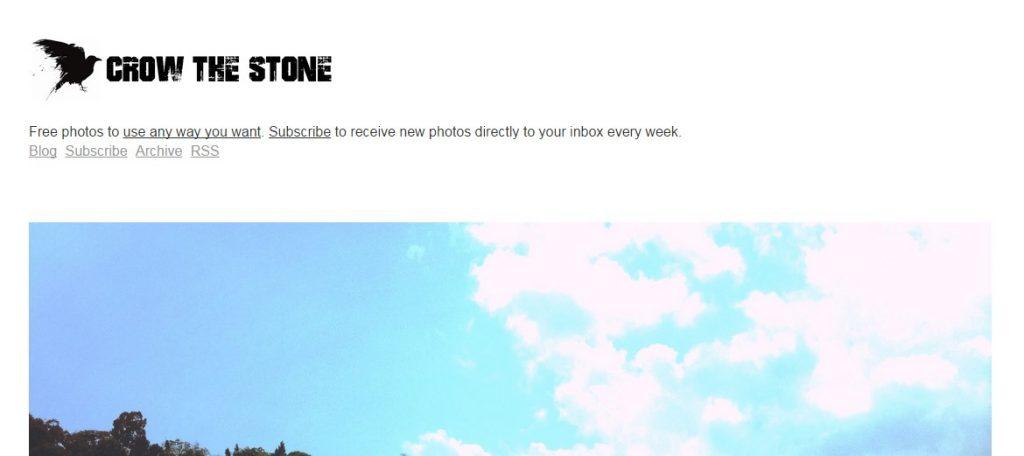
Travel Coffee Book
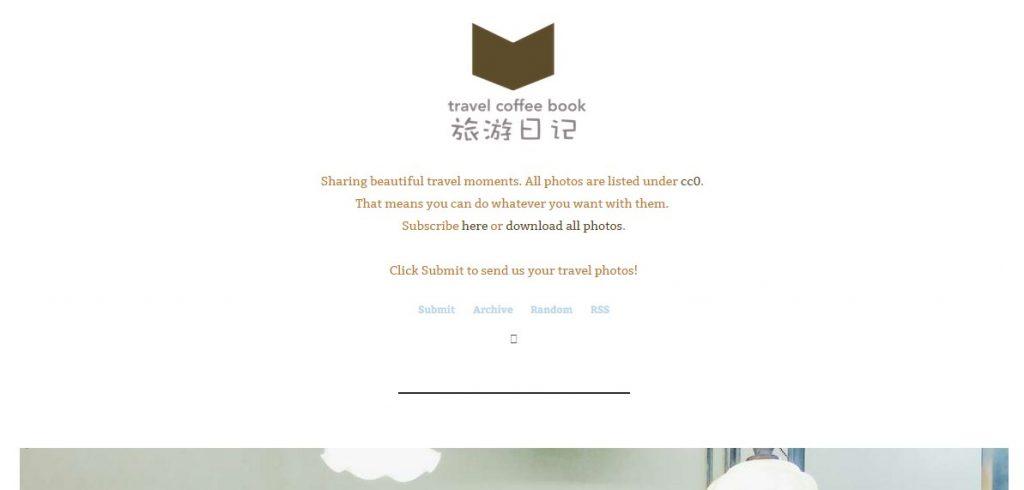
Also, did you know that pictures of people are the most attention grabbing type of thing you can have on your site?
Anyway, whatever your purpose might be, here’s where to go:
Gratisography

Moveast.me
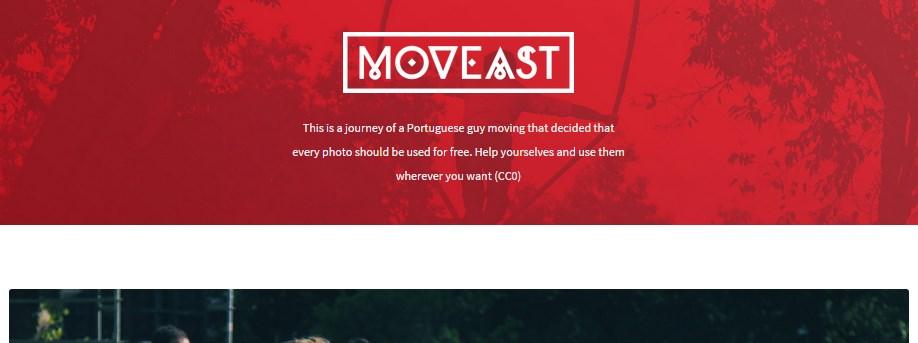
Startup Stock Photos
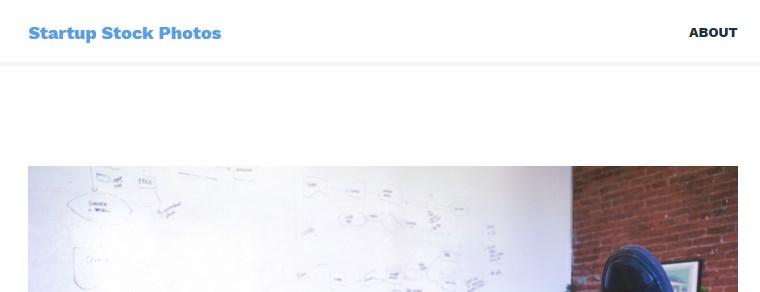
There are multiple possible usages for this kind of images. They work great as headers, in-content, even on sales pages. The great thing about them is that they are often really literal, giving you this edginess that some pieces of content need.
Anyway, there’s just one serious player in this game:
New Old Stock
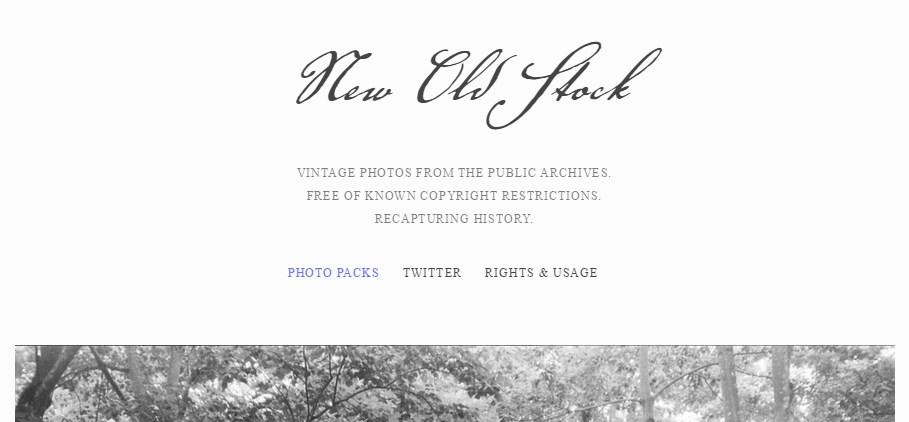
In this section, I don’t actually have a source of screenshots to recommend you. Instead, I encourage you to take your own screenshots. It’s not difficult at all.
The tool to use is Lightshot. It’s 100% free, and works on Mac and Windows.
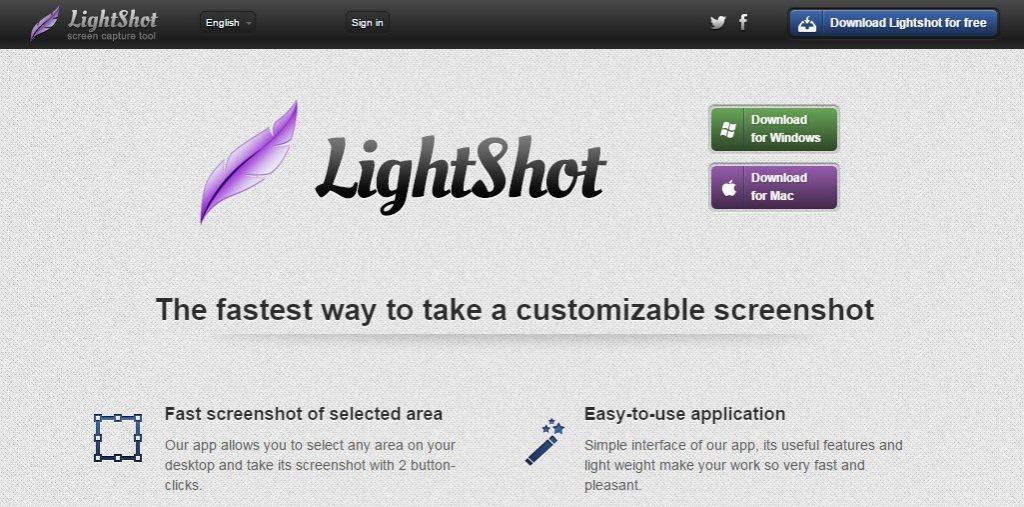
Basically, whenever you want to show an image of something happening on your screen, just hit the Print Screen key on a Windows keyboard (or Command+Shift+9 on Mac), and select the area that you want to take the screenshot of with your mouse.
Much quicker and easier to use than tools like Photoshop, Paint or anything else.
In this section, we’re listing image directories that enable an effective search feature – one where you can input some keywords, and you get a nice set of images in return.
The best ones are:
Pexels


A library of great high-quality images that will work just as well for headers as for anything else. The search feature is really effective and shows you hundreds of images for any keyword you might input. Personally speaking, this is probably my favorite source of free images.
Note. Some of those images you will also find on other sites, like Unsplash.
Pixabay


Pixabay really stands out as a great source of images. Everything’s of impressively high quality, and there are pictures in the database for whatever keyword you might input.
Note. Just be careful to not get a premium image by mistake. The top row on every search page comes from Shutterstock – paid images.
Where to go:
If you have any additions/comments/suggestions or thoughts – leave a comment below.
Where do I find free, high-quality images that I can use on my blog without worrying about any copyright issues?Three main parts to this question:
- free,
- high-quality,
- no legal copyright issues when using.
Want to learn how to start a blog? Check out my step-by-step tutorial.
Royalty-Free is NOT the right thing to search for
The most tricky thing about looking for images for your blog is that googling a phrase like “free images” often leads you nowhere. Particularly because of the existence of something like “royalty-free images.”Not to get into the details too much, but royalty-free basically means paid. Or in other words, it’s free of royalties, but still has a price tag nonetheless. The leading repositories of such photos are sites like iStock or Fotolia. But you probably already know about them, so let’s not waste your time.
If you want something that’s actually free (meaning that you don’t have to pay anything for it), and that’s legal to use for whatever purpose, you need to go elsewhere.
The absolute minimum you need to know about licenses
I know the topic is somewhat boring, but to save yourself from any trouble, you need to know at least the minimum amount of information about common licenses used to distribute images on the web.(Note. Not a legal advice. Proceed at your own risk.) No matter where you get your images from, you need to have permission from the author or copyright holder to use them.
Since getting permission in person would be too much of a hassle, various standardized licenses have been put into place to simplify this. They handle the scope of the permissions, and cover most of the common usage scenarios and situations likely to happen in everyday life when working with an image.
There are tens of different licenses, but the most popular ones – allowing you to: (a) get an image for free, and (b) use it for free without worry – fall under the Creative Commons (CC) license family.
There’s a handful of licenses as part of CC, and they are all nicely explained on the project’s official site. Basically, whenever you find an image online that has a CC license assigned to it, you should go back to that official page and check what it means in practice. Depending on the specific license, you might have to attribute (link to) the source, use the image non-commercially, or use without alteration, and so on. But what doesn’t ever change is that the image is available for free. For that reason, CC = free.
Then, there are public domain images. In that case, the “public is the owner of the image.” And since you are a member of the public, you can use it too. For the most part, the images you can find at Wikipedia are in the public domain. (Most of the time, you have to link to the source of such an image if you’re using it.) Again, public domain = free.
In a nutshell, if the license on the image says CC or public domain, you’re free to use it (with some minor restrictions).
Where NOT to go for images
Google Images.Please don’t use Google to find images for your blog.
And it’s not that there aren’t good images at Google Images. In fact, there are plenty. But the trouble is in the licensing, or lack thereof.
Most of the time, it’s very hard to pinpoint the license of a certain image, and for that reason, it’s very risky to assume that the image is available for free. Most of the time they’re not.
In short, getting images from Google Images = asking for trouble.
In general, getting images with no license specified = asking for trouble.
Where is it PERFECTLY legal and OKAY to take free QUALITY images?
Finally, let’s list the best sources of blog images, categorize them, and also say a few words on how to use them legally.1. Images for your posts’ headers
Header images – aka featured images – have become quite popular lately. Basically, a header image is something you put above the entire post and also associate with the post itself to give it a unique look and make it stand out from the other posts.Here’s an example on my site:

The image is only loosely related to the topic of the post, but it gets the job done when it comes to making the post appear unique.
To get yourself this type of images, go to:
Unsplash

(All images under the CC0 license – do anything, no permission required.)
Unsplash is a fairly well-known source of images at this point. They
provide some great, world-class even, images that you can use for free
however you like. The only problem with them is that they are perhaps a
bit too popular on the web – in other words, you are likely to find
other people already using the same images as you.There’s an easy way to battle this issue though. Instead of browsing the default “featured” list of images, switch to “new” images. This gives you a more vast library, and the quality is still top-notch:

JayMantri.com

(CC0 license – do anything, no permission required.)
A site very similar to Unsplash. Again, to get a more user-friendly experience, instead of browsing the main page, go to the archive:
Magdeleine.co

(Licenses vary on a picture-to-picture basis. Mostly various forms of CC.)
The main promise of Magdeleine is that it delivers only one, curated,
high-quality picture per day. And this really shows. There simply isn’t
a bad picture on the entire site.Just make sure to check the license of the picture that you want to get – the icon in the upper right corner:

Refe

(They go with their own original license when it comes to free images. Make sure to read it prior to getting any images from Refe.)
Their photos are good for multiple purposes, not only header images.
You’ll also find various gadget and technology photos – something you
might be able to use on a business site as well.Note. Make sure to focus on the free category of the site. They also have premium images:

2. Quality REAL LIFE photos
In this category, let’s focus on real life photos that have been taken by skilled photographers. This type of images is particularly useful if you want to illustrate something within the content of your post, but you simply don’t have a quality-enough image of your own.Images from this category are nice-enough to use them on any site, but at the same time, they don’t have this corny nature that’s common among standard stock photos from sites like iStock.
Go to:
MyStock

(CC0 license – do anything, no permission required.)
Those photos all come from a small editorial team of passionate
photographers. Great quality, and the photos are not available in any
other directory, so you can make your content quite unique when using
them.Most of the images will also work nicely as header images for your content.
Crow The Stone

(CC0 license – do anything, no permission required.)
Unfortunately, this site hasn’t been updated in a while, but it still
offers a nice repository of past images. A bit darker and more stylish
images that might be suitable for some types of content.Travel Coffee Book

(CC0 license – do anything, no permission required.)
As advertised on the homepage – a set of beautiful travel moments.
No particular category of photos here, virtually everything you can
imagine. In a nutshell, very high quality and interesting images.3. Images of people doing stuff
Landscapes don’t always cut it. Sometimes you need people. Whether it’s to make your blog post more personal, illustrate a given activity being done, or for whatever other reason.Also, did you know that pictures of people are the most attention grabbing type of thing you can have on your site?
Anyway, whatever your purpose might be, here’s where to go:
Gratisography

(CC0 license – do anything, no permission required.)
Gratisography actually has many more categories of images than just
people. You’ll also find animals, nature, objects, and urban
environments. But their people category is perhaps the one that stands
out the most. The images are of the highest quality and present a wide
range of scenarios. Many of them quite funny.Moveast.me

(CC0 license – do anything, no permission required.)
A set of photos documenting “a journey of a Portuguese guy.”
Multiple photos from events like concerts, parties, sports, games,
cultural events, and more. Everything very tasteful and of high quality.Startup Stock Photos

(CC0 license – do anything, no permission required.)
A nice repository of photos meant to be used by startups. It
illustrates various office scenarios like people working on a computer,
chilling, and etc. Everything is of great quality, and can find its
place not only in blog posts, but also on a business/product website.4. Old-School and Retro Images
Maybe it’s just me, but old-school is good-school. Not only when it comes to acoustic amps, but photos as well.There are multiple possible usages for this kind of images. They work great as headers, in-content, even on sales pages. The great thing about them is that they are often really literal, giving you this edginess that some pieces of content need.
Anyway, there’s just one serious player in this game:
New Old Stock

(Photos mostly in the public domain. Make sure to read the detailed license.)
New Old Stock is your source of black-and-white retro images. The
repository is truly stunning in the number of things it illustrates.
Buffalo herding photos? Check. Rodeo rides? Check. Aerial photos from
1917? Check. This directory is a joy to browse through in itself, not
mentioning the possibility to then use the photos on your blog.5. Screenshots
This will be a tricky one.In this section, I don’t actually have a source of screenshots to recommend you. Instead, I encourage you to take your own screenshots. It’s not difficult at all.
The tool to use is Lightshot. It’s 100% free, and works on Mac and Windows.

Basically, whenever you want to show an image of something happening on your screen, just hit the Print Screen key on a Windows keyboard (or Command+Shift+9 on Mac), and select the area that you want to take the screenshot of with your mouse.
Much quicker and easier to use than tools like Photoshop, Paint or anything else.
6. Searchable databases of images
Oftentimes you need something specific. Like a picture of a boat or a dog, or anything else. Browsing a site like Unsplash would be too time-consuming, so you need a more searchable database.In this section, we’re listing image directories that enable an effective search feature – one where you can input some keywords, and you get a nice set of images in return.
The best ones are:
Pexels

(Changes on a picture-to-picture basis. Mostly CC0. Check for each picture individually.)

A library of great high-quality images that will work just as well for headers as for anything else. The search feature is really effective and shows you hundreds of images for any keyword you might input. Personally speaking, this is probably my favorite source of free images.
Note. Some of those images you will also find on other sites, like Unsplash.
Pixabay

(Changes on a picture-to-picture basis. Mostly CC0. Check for each picture individually.)

Pixabay really stands out as a great source of images. Everything’s of impressively high quality, and there are pictures in the database for whatever keyword you might input.
Note. Just be careful to not get a premium image by mistake. The top row on every search page comes from Shutterstock – paid images.
7. iStock style, but free
Did you know that sites like iStock and Fotolia actually provide some of their images free of charge? Fotolia, for example, has their weekly set of free releases; iStock releases a couple of images, a video and an audio file. Worth checking out. Sometimes you can find something really cool there.Where to go:
- For Fotolia, here’s the page.
- For iStock, go to the homepage and scroll down to see the free media.
Did it solve your all-time question and problem?
There you have it. A bunch of sites where you can get basically ANY images you want – perfectly legally and without using Google images.If you have any additions/comments/suggestions or thoughts – leave a comment below.

Comments
Post a Comment